This blog post is brought to you by the Home Garden Seed Association at EZfromSeed.org. If you don’t know when to harvest your summer crops, here’s a helpful guide:
You put your time and energy into growing tomatoes, greens, zucchini, and other vegetables from seed. So of course you want to harvest them at their absolute best. But it’s not always easy to know when that is. Picking at peak flavor is essential. Read below to find HGSA’s top tips for harvesting your favorite veggies.

Tomatoes, in most cases, should be slightly soft when squeezed, and fully colored. But there are exceptions. Large heirlooms can be prone to cracking, and are best picked before they have completely turned color. They’ll continue to ripen after harvest. Similarly, cherry tomatoes crack if left on the vine too long, so pick them just before they are perfectly ripe.

Chard and Kale are best when the leaves are young and tender, though the plants themselves need not be young. Harvest baby leaves for salads or, as plants become sturdy, cut the outer leaves regularly, making sure not to damage the growing tip. Leaves can be continually harvested until frost, or well into the winter in
mild areas.
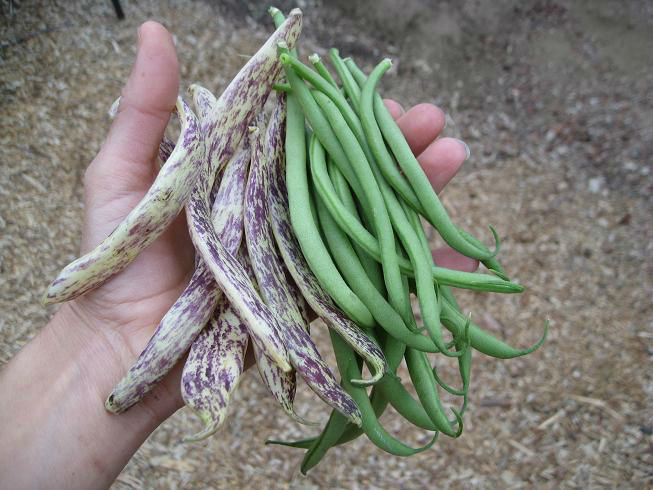
Green Beans are tender and tasty when they are long, slender, and crisp, before the seeds form lumps in the pods. If you leave the beans on the plant for too long they will become tough and stringy, so pick often.

Beets will tell you when they are ready to be harvested; their shoulders will protrude from the ground. Pull the roots small (1½ inch) or medium-sized (about 3 inches), depending on your preference. Don’t leave them in the ground too long in hot weather, or the texture will suffer.
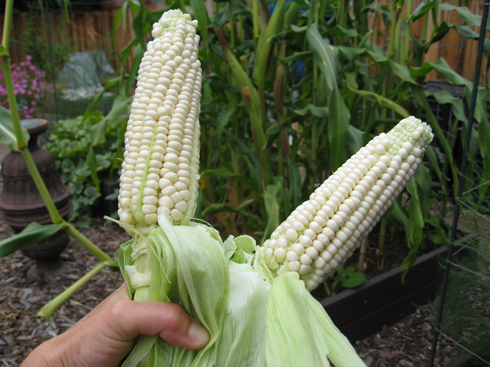
Tip: If you’re not sure your corn is ready, prick a kernel with your fingernail. Juice should be milky-white.
Corn is ready for picking when the silks turn brown (but have not dried out yet), and the husks are still green. Feel the end of the ear. If it feels rounded or blunt rather than pointed, it is completely filled out, and ready for harvest.
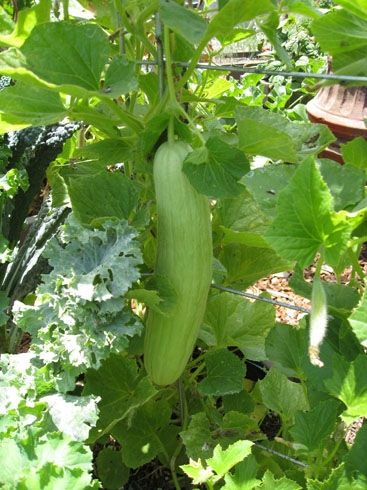
Cucumbers should be harvested green and firm. Even lemon cucumbers should be picked when light green with just a blush of yellow. Bigger is not better; cucumbers develop a bitter taste as the seeds mature. Harvesting size depends on the variety. Slicing cucumbers are generally smooth and glossy when they’re ready, picklers may have prickles.

Tip: Cut rather than pull the fruits to avoid damaging the plants.
Eggplants have a nice, reflective sheen when they are at their peak of readiness. Size and color are not necessarily indications of maturity, as varieties come in a full range of both. As fruits get older the skins get tough and dull and the flesh bitter, so harvest them as soon as they achieve their smooth, glossy finish.
Tip: Morning is the best time to harvest lettuce, as the leaves will be crisp.
Lettuce can be planted thickly in a wide row and cut with scissors repeatedly when the tender young greens reach 4 inches tall. Or it can be grown to head-size. Either way, always harvest lettuce before plants start to elongate and “bolt” (send up a flower stem). This causes the flavor to become bitter.
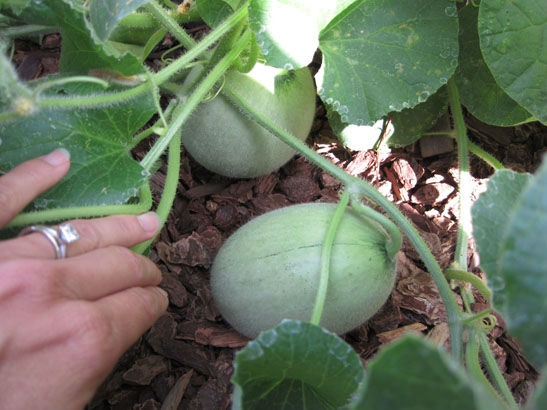
Cantaloupes will have a sweet smell when ripe. Melons should be harvested fully ripe. Look at the skin color: the flesh between a cantaloupe’s netting will turn from green to tan, and the netting will become well defined. Honeydews develop a yellow blush on their ivory rinds. Watermelons turn dull when ripe, and the tendril closest to the fruit shrivels.
Tip: To increase total yield, pick peppers green early in the season; the plant will continue to set fruit.
Peppers are most flavorful when they turn red, orange, yellow, or whatever their mature color is, although many people enjoy them green. Clip (don’t pull) fruits
from the plants when they are firm and full-sized. If you choose to let them ripen fully, check them daily, as peppers deteriorate very quickly after reaching maturity.
Tip: Summer squash is often harvested at the baby stage, with the flower still attached.
Summer Squash is better when it is small, so there’s nothing to be gained by growing behemoths. Zucchini and yellow crookneck squash are at their most tender when no bigger
than 4 to 6 inches; round zucchini, 3 to 4 inches. Patty pan squash is best at 3 inches or smaller.
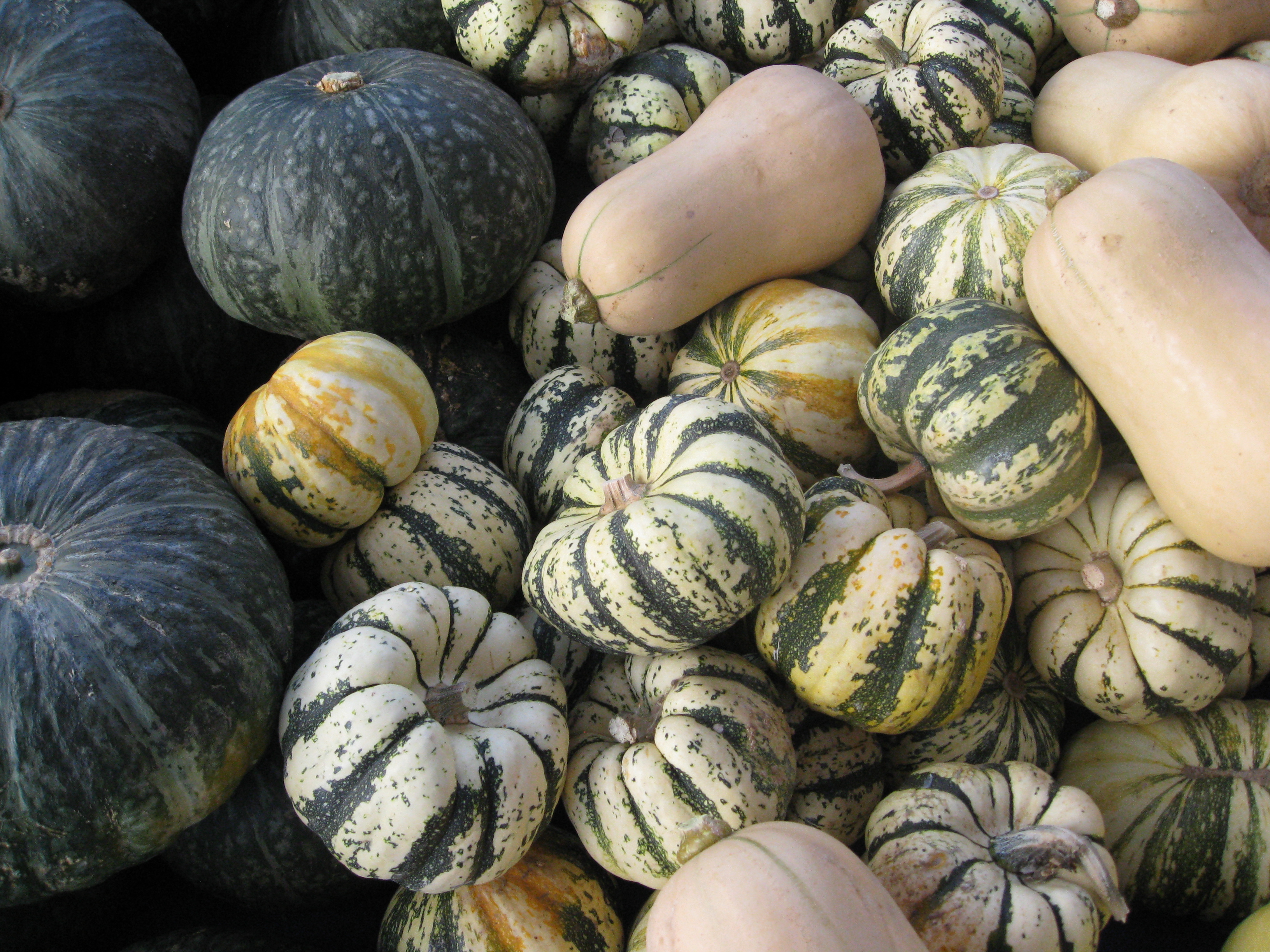
Winter Squash is sweetest when fully mature. When it is ripe, the rind becomes hard and is no longer shiny. Test it with your fingernail—if it can be scratched but not punctured, it is mature. Cut the squash with pruners, leaving a short handle, and let it cure in a warm space for 10 days before storing in a cool, dry place.
The Home Garden Seed Association promotes gardening from seed – an easy, economical, and rewarding way to garden. Buy seeds from the Association’s members (like Renee’s Garden Seeds, Sustainable Seed Company, Victory Seeds and more) at the HGSA website here.

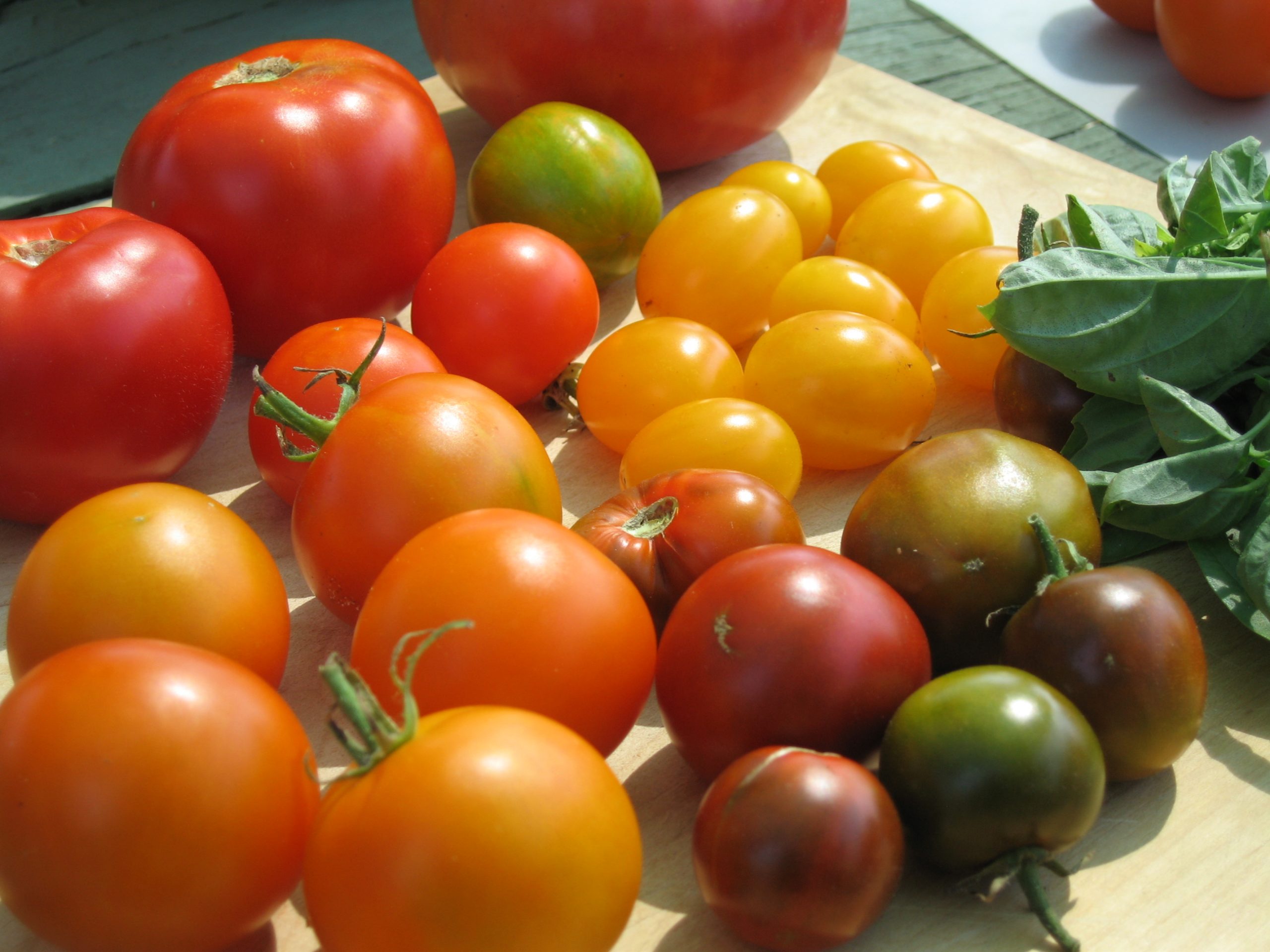
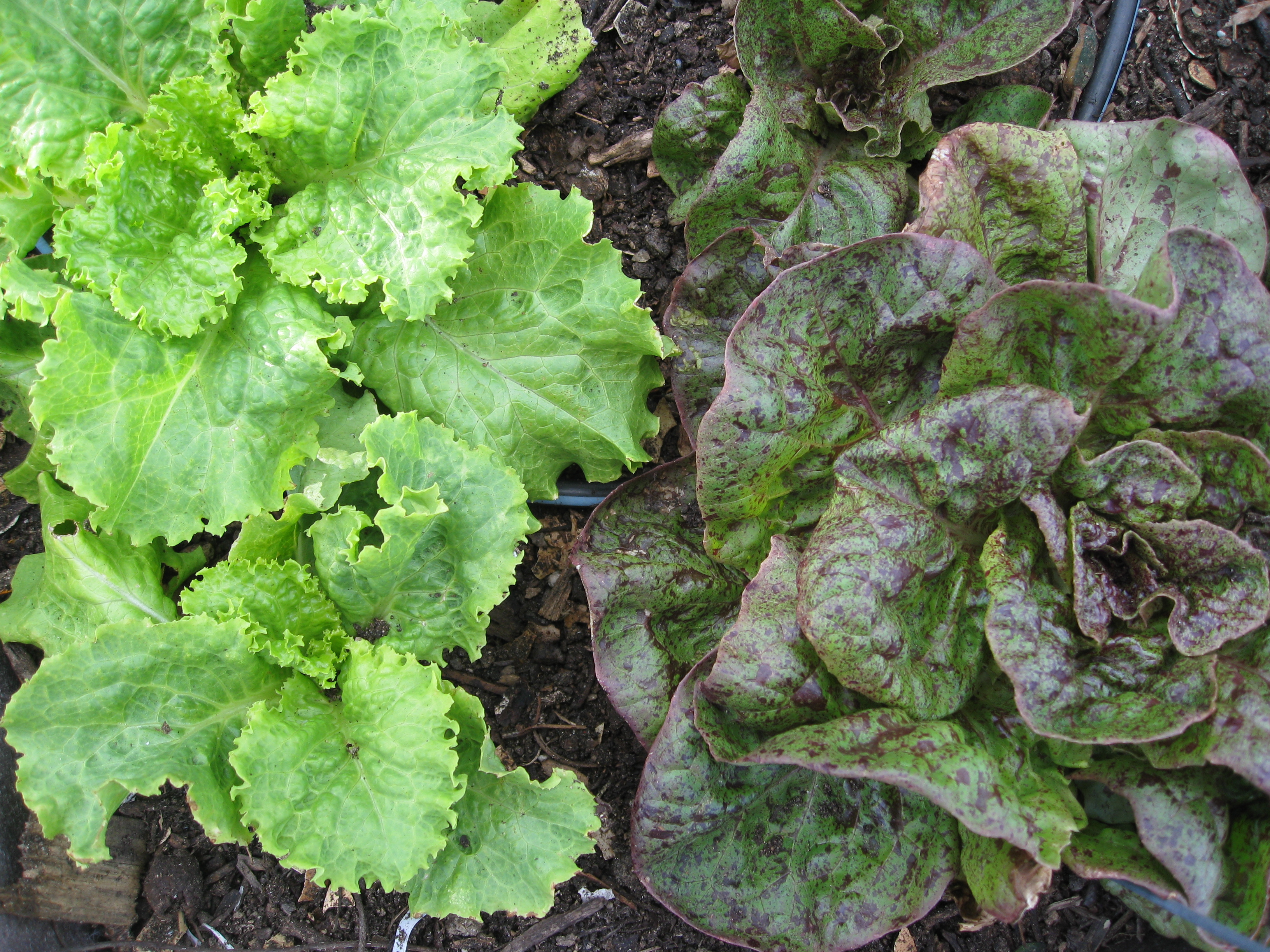
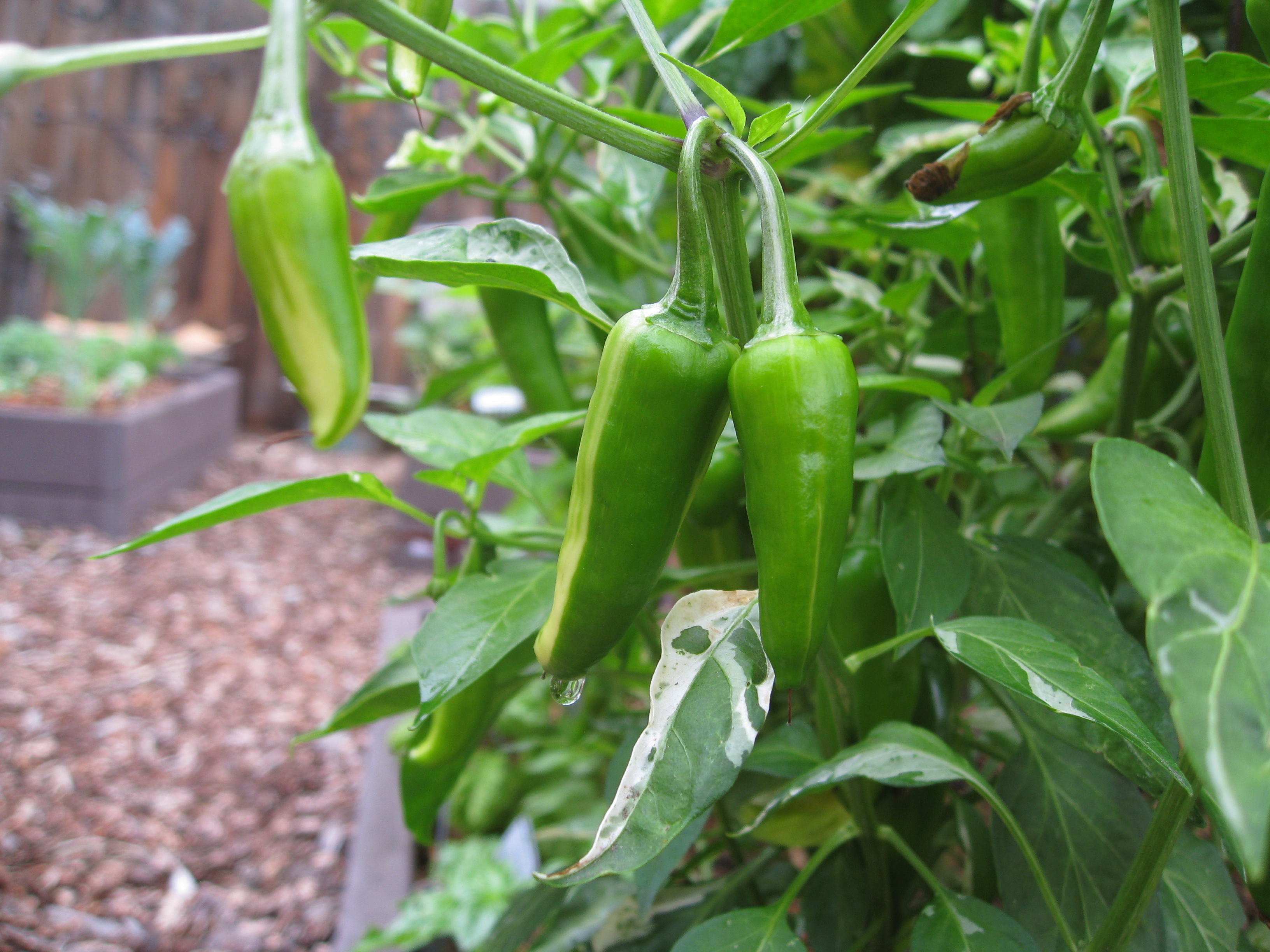
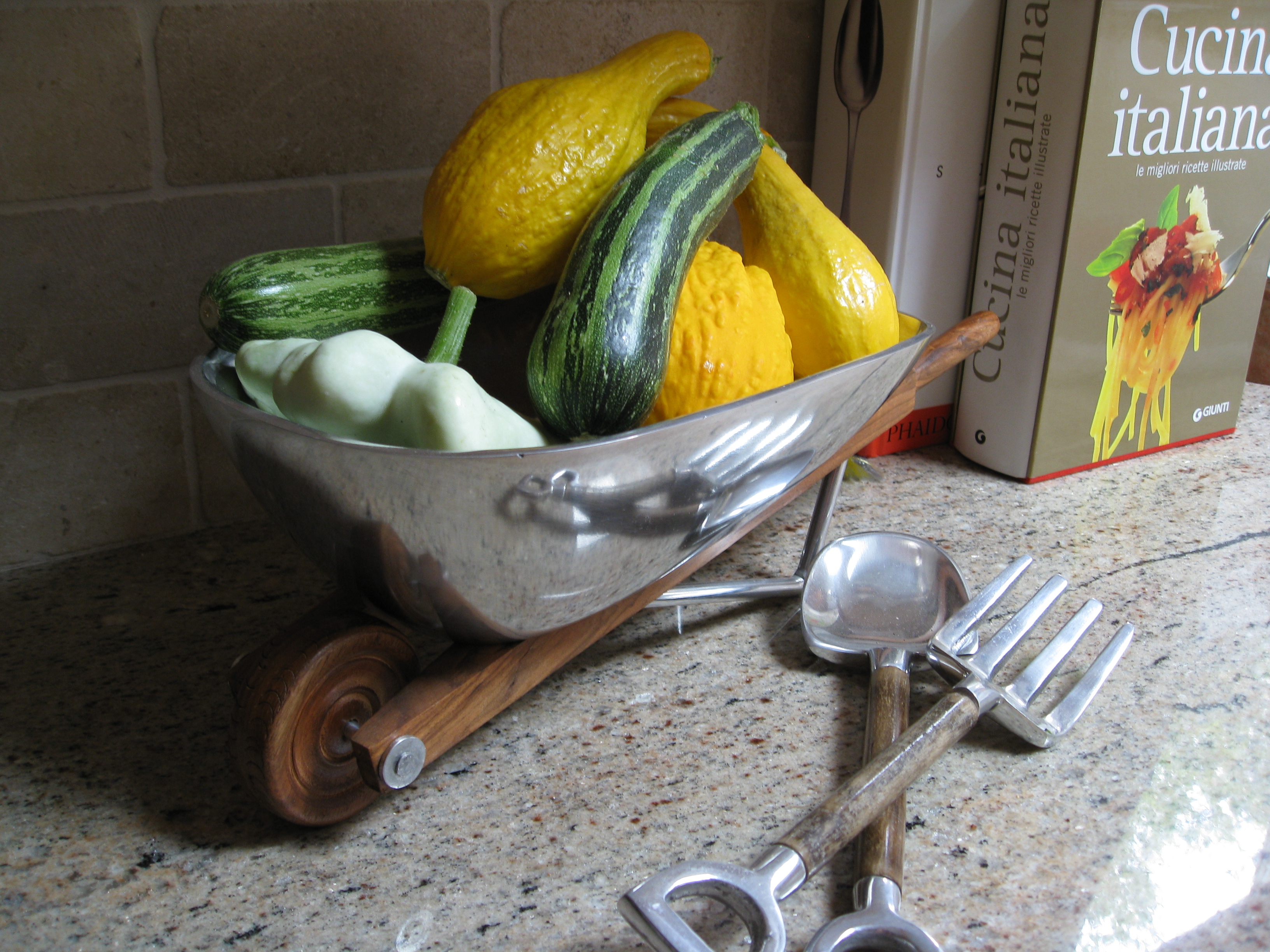
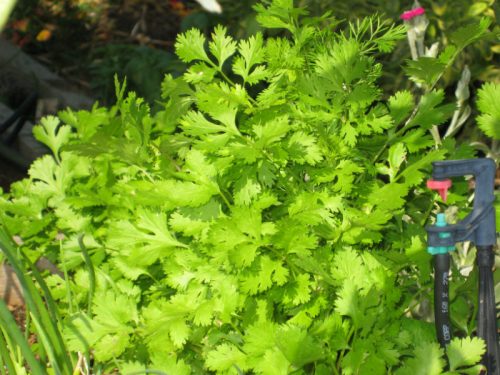

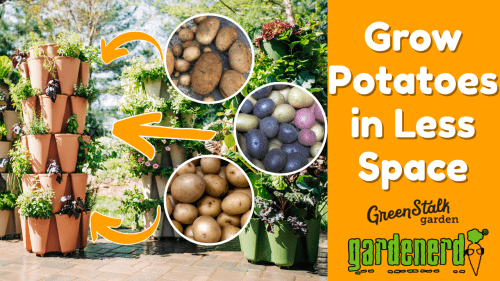
this is amazing!!! just “bumped into” your blog today….. so much info, and explanations..
i’m in zone 5, still……there’s lots of good tips here.
thanks
e.